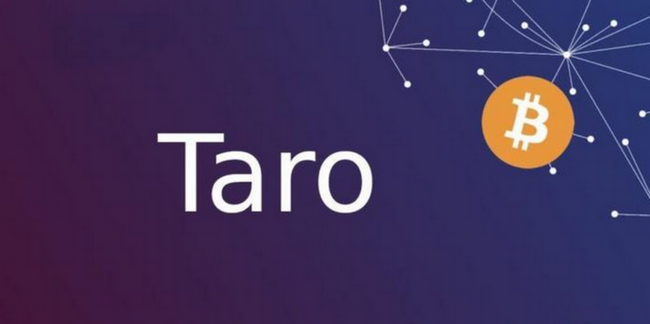Taro Protocol is a decentralized digital asset management and trading platform built on the Stacks blockchain. It aims to simplify users’ access to and use of Bitcoin assets by providing cross-chain interoperability and innovative financial services for these assets. Taro’s features include: Bitcoin asset interoperability, diverse financial services, low transaction fees, security and scalability. It provides opportunities to expand the accessibility of Bitcoin assets, create innovative financial services, and improve cross-chain interoperability. As with all digital assets, the value of Taro assets may be affected by market fluctuations. In addition, factors such as regulatory uncertainty and technological risks may also affect its operations and the security of user assets.

Taro Protocol: Decentralized Digital Asset Management and Trading
1. Introduction to Taro Protocol
Taro Protocol is a decentralized digital asset management and trading platform built on the Stacks blockchain. It aims to simplify users’ access to and use of Bitcoin assets by providing cross-chain interoperability and innovative financial services.
2. Features and advantages of Taro protocol
-
Bitcoin asset interoperability: Taro allows users to mint on the Stacks network Bitcoin assets, making them tradable and usable within the Stacks ecosystem.
-
Diversified financial services: Taro provides a range of financial services, including lending, staking, liquidity mining and tokenized asset issuance.
-
Low transaction fees: Compared to other blockchains, transaction fees on the Stacks network are very low, making the Taro protocol a low-cost asset management and trading platform.
-
Security: The Taro protocol is built on the Stacks blockchain, which leverages the security of Bitcoin to ensure its assets are safe from attacks.
-
Scalability: The scalability of the Stacks blockchain allows the Taro protocol to handle large volumes of transactions and provide a smooth experience to its users.
3. Opportunities of Taro Protocol
-
Expanding the accessibility of Bitcoin assets: Taro is a Bitcoin asset Provides wider accessibility so it can be used by a wider audience.
-
Creation of innovative financial services: Taro’s financial services open up new possibilities in the field of decentralized finance (DeFi).
-
Improved cross-chain interoperability: Taro promotes interoperability between Bitcoin assets and other blockchains, thereby expanding its scope of applicability.
IV. Risks of Taro Protocol
-
Market Fluctuations: Like all digital assets, the value of Taro assets may Will be affected by market fluctuations.
-
Regulatory Uncertainty: The regulatory environment in which the Taro Protocol operates is still evolving, and unknown regulatory changes may affect its operations.
-
Technical risks: There are technical risks in any blockchain platform, and the Taro protocol is no exception. Technical glitches or vulnerabilities may affect its stability and the security of user assets.
The above is the detailed content of What is the Taro protocol? Understand the characteristics, advantages, opportunities and risks of the Taro protocol in one article. For more information, please follow other related articles on the PHP Chinese website!





